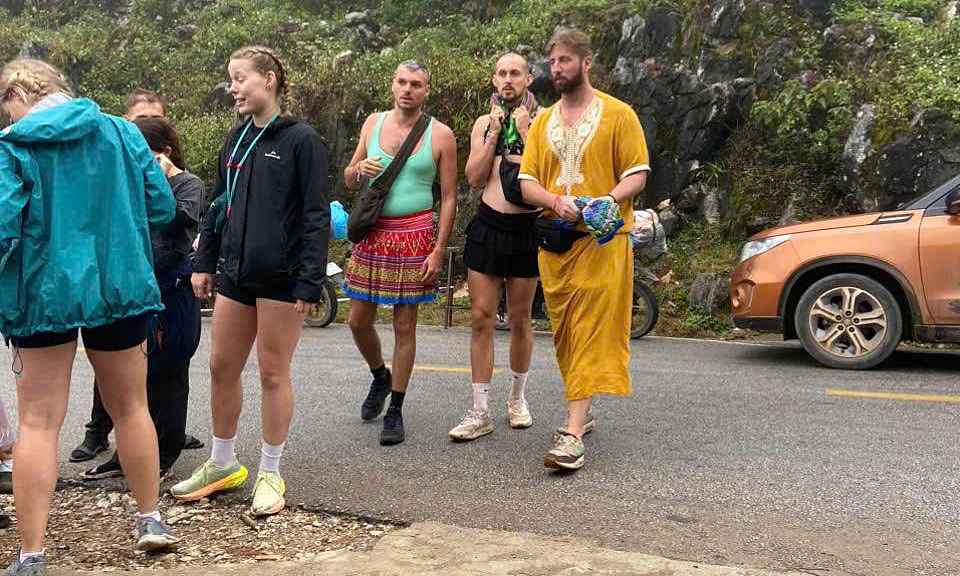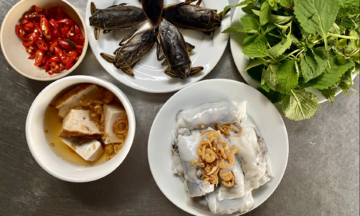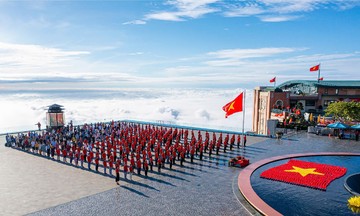Nguyen Thi Hoai, deputy director of Tuyen Quang province's Department of Culture, Sports, and Tourism, addressed the issue of male tourists wearing Hmong skirts for photos on August 6th. She stated that the department views this as distasteful, inappropriate, and harmful to the community's cultural values. It also contradicts the province's pursuit of sustainable and respectful tourism.
"The traditional attire of ethnic minorities is not a costume for entertainment, nor should it be exploited for distasteful humor or online views," Hoai said. Tuyen Quang's tourism sector does not encourage or condone any misrepresentation or belittling of cultural heritage under the guise of "cultural experience".
The Department of Culture, Sports, and Tourism is collaborating with relevant agencies to review the roles and responsibilities of involved organizations and individuals to implement appropriate corrective actions.
Moving forward, the department will strengthen communication and conduct inspections at tourist destinations to raise awareness among the community and tourists about respectful behavior and cultural sensitivity.
The sight of male tourists in Hmong skirts has previously caused offense among some Hmong people. However, some tour operators have argued that it is simply a harmless, fun experience.
Vu Huong, a Hmong tourism professional in Ha Giang and author, stated that Hmong women's skirts "cannot be worn by men"—except in the afterlife.
 |
A group of Western tourists wearing Hmong skirts in Ha Giang. Photo: NVCC |
A group of Western tourists wearing Hmong skirts in Ha Giang. Photo: NVCC
According to Hoang Xuan Don, head of the Dong Van Karst Plateau Geopark Management Board, the cultural identity of the 17 ethnic groups in the geopark is a precious asset, reflecting their wisdom in interacting with nature and society. In Ha Giang and Tuyen Quang, culture is also a driving force for tourism development. He warned that the act of male tourists wearing Hmong skirts for entertainment or online attention, if not addressed promptly, could pose a significant threat to cultural preservation in the highlands.
Don attributed the issue to multiple factors: uninformed tourists, lax tour operators, and inconsistent community awareness. Despite preservation efforts, Hmong culture faces the risk of erosion due to increased cultural exchange, the challenge of translating cultural values into sustainable economic benefits, a declining number of artisans preserving traditional knowledge, and the negative impacts of profit-driven tourism.
The province has implemented various policies, including integrating cultural education in schools, decorating public offices with traditional motifs, supporting craft cooperatives, and developing cultural performance groups. Tourists are drawn to the natural beauty and local culture, and are encouraged to experience the culture respectfully, adhering to the Code of Conduct.
Tu Nguyen












